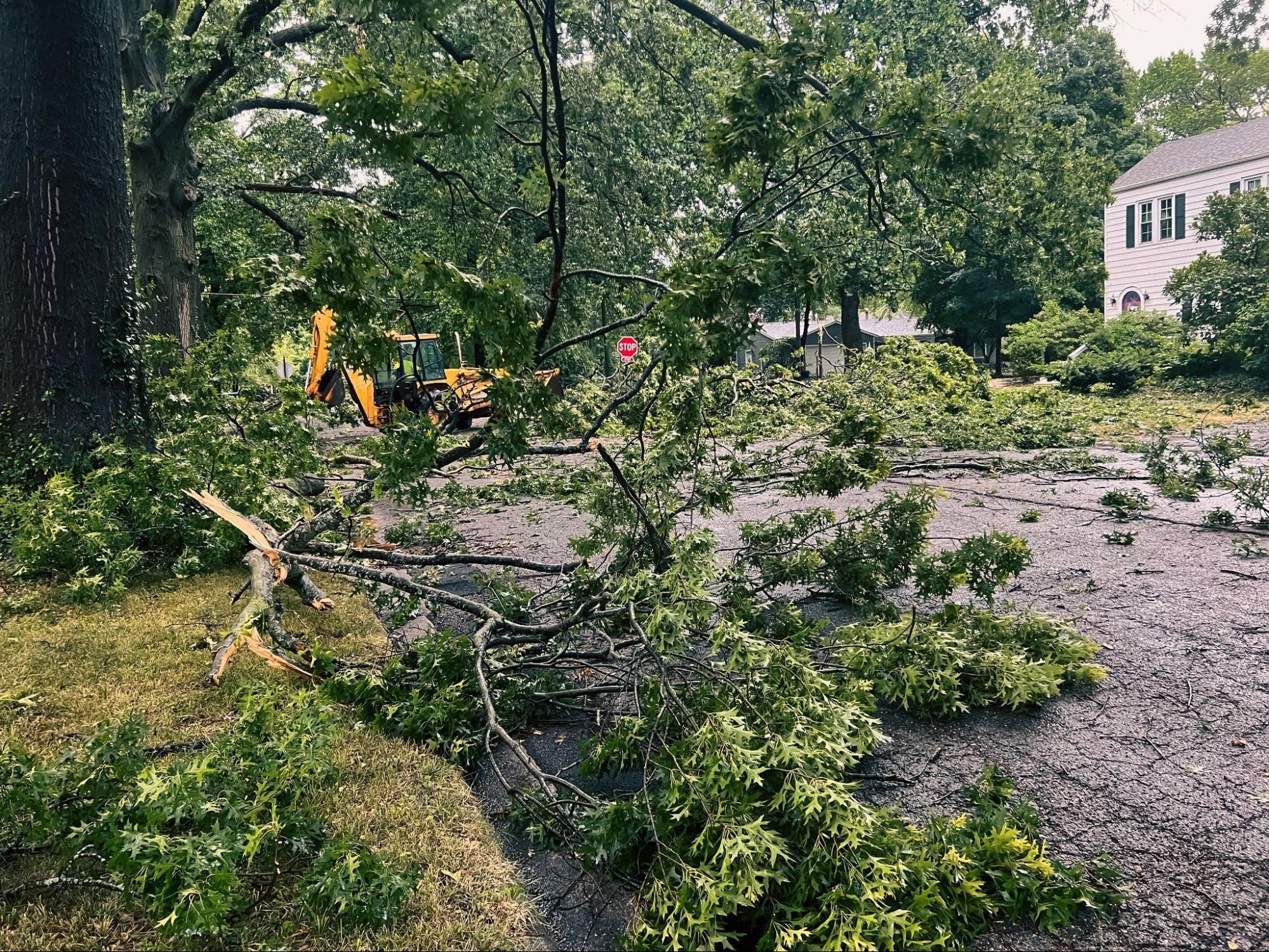
Severe weather and natural disasters can wreak havoc on terrestrial internet services, knocking out power for...

In an ever-more connected world, you need a reliable internet connection. High-speed internet makes it possible to...

When you’re off the grid, you’re responsible for all your own utilities. Under such circumstances, off-the-grid...

Falling Down the Rabbit Hole Americans are online—a lot. According to a 2025 survey, the average American spends...

Depending on your location, you may have your choice of one or more different types of internet connections, each...

You’ve probably spotted satellites without even realizing it as they’ve become a common sight above us. Satellites...
